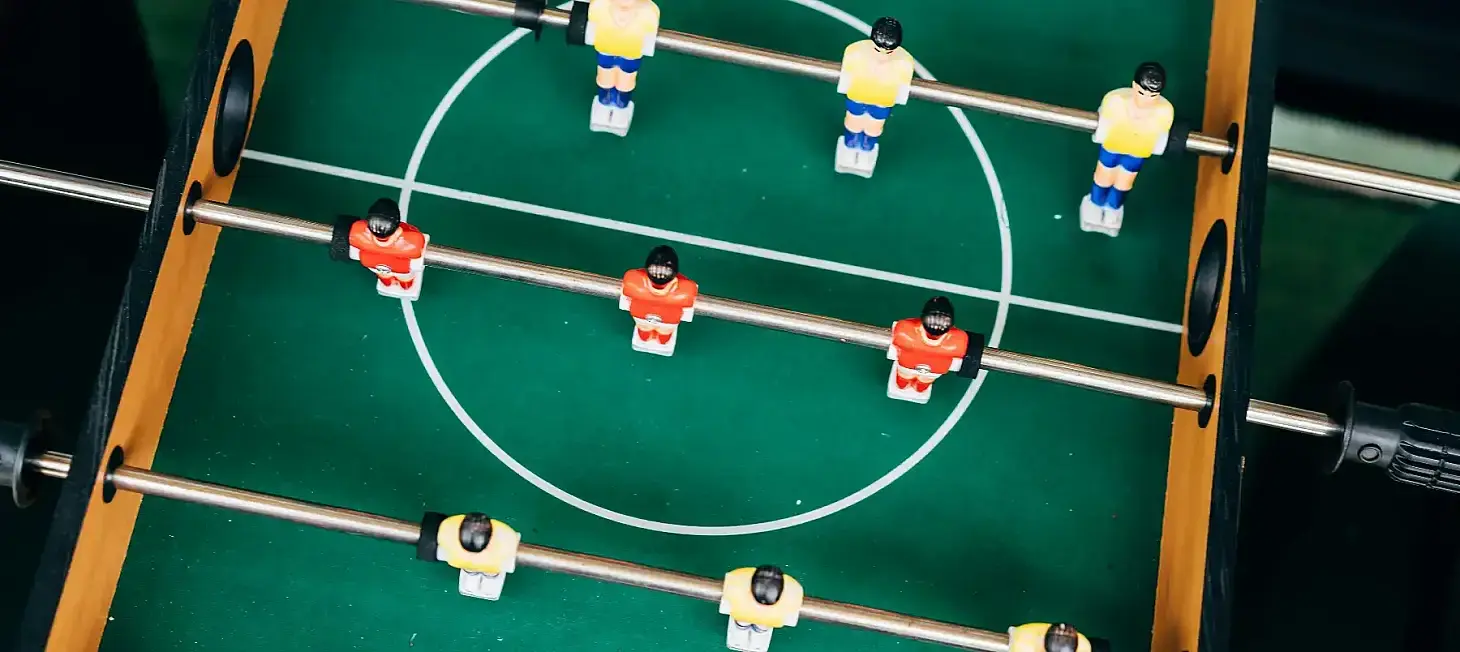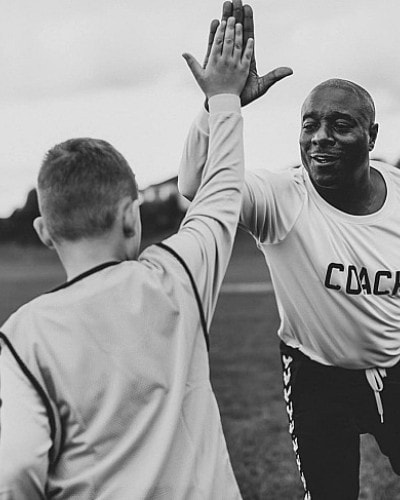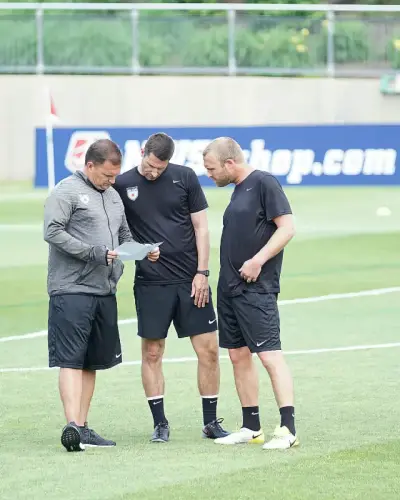Positions and Their Roles in Football
Football is much more than just a game—it is a complex interplay of different positions that dictate the flow and strategy of a match. Each position has specific responsibilities that influence a team's tactical approach. From the quick-thinking goalkeepers and solid defenders to the playmaking midfielders and goal-hungry strikers, every player contributes significantly to the team's success.
Defensive Positions
Goalkeeper (1)
The goalkeeper is the last line of defense, responsible for preventing goals. In addition to making crucial saves, modern goalkeepers play an essential role in building up the play, acting as an extra passing option for defenders. Many top teams rely on goalkeepers who can distribute the ball accurately and even initiate attacks.
Center Backs (4 & 5)
Center backs provide defensive stability and are often physically strong, dominant in aerial duels, and excellent tacklers. They also play a key role in launching attacks by distributing passes to the midfield or full-backs. In many tactical systems, they serve as the backbone of the team's defensive structure.
Full-Backs (2 & 3)
Full-backs must balance both defensive and offensive duties. Defensively, they cover the flanks, marking opposition wingers and preventing crosses. Offensively, they push forward to support attacks, often delivering crosses into the box. A modern full-back needs stamina, tactical awareness, and speed to contribute effectively on both ends of the pitch.

Midfielders – The Engine of the Team
Defensive Midfielder ("Number Six") (6)
The defensive midfielder acts as a link between defense and attack. Their main responsibilities include winning tackles, intercepting passes, and distributing the ball efficiently. This player helps shield the defense and dictates the tempo of the game. Many teams employ a double pivot (two defensive midfielders) to strengthen defensive stability.
Central Midfielder ("Number Eight") (8)
The number eight is an all-rounder who contributes to both defensive and offensive phases of the game. This player helps transition from defense to attack, linking up with teammates and controlling possession. Creativity, vision, and positional awareness are crucial for this role.
Attacking Midfielder ("Number Ten") (10)
The traditional playmaker, or number ten, is the focal point of a team’s offensive play. This player operates in advanced midfield areas, creating goal-scoring opportunities with precise passes. While the classic playmaker role has somewhat declined in modern football, it remains a crucial asset for teams looking to break down compact defenses.
Offensive Positions
Striker ("Number Nine") (9)
The number nine is the primary goal scorer. A traditional striker is usually strong, good in the air, and clinical in front of goal. Some teams, however, utilize a "false nine", a player who drops deep into midfield to disrupt opposition defenses and create space for teammates.
Wingers (7 & 11)
Wingers operate on the flanks, adding speed and creativity to a team’s attack. Depending on the tactical system, wingers can either cross the ball into the box or cut inside to shoot. Their defensive responsibilities vary—some teams expect them to track back, while others grant them more attacking freedom.
Conclusion
Each position plays a vital role in a football team, requiring specific skills and tactical understanding. A well-balanced team is built on the right combination of players, ensuring defensive solidity, midfield control, and attacking firepower. Understanding these roles helps both players and fans appreciate the tactical depth and beauty of football.






